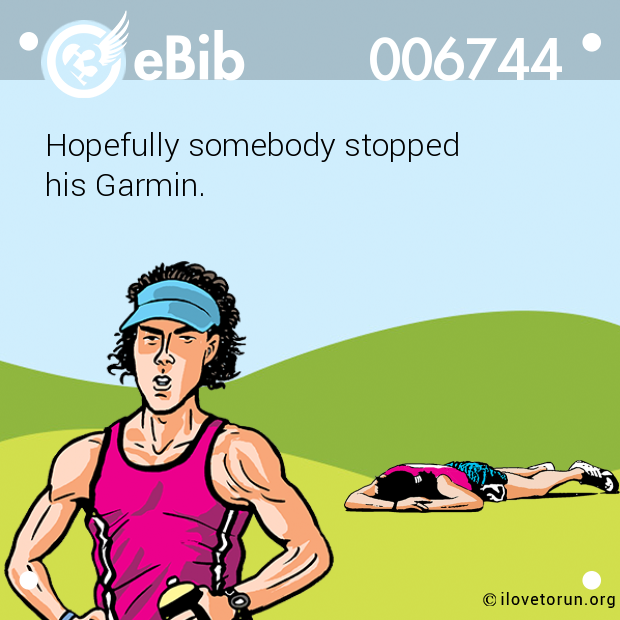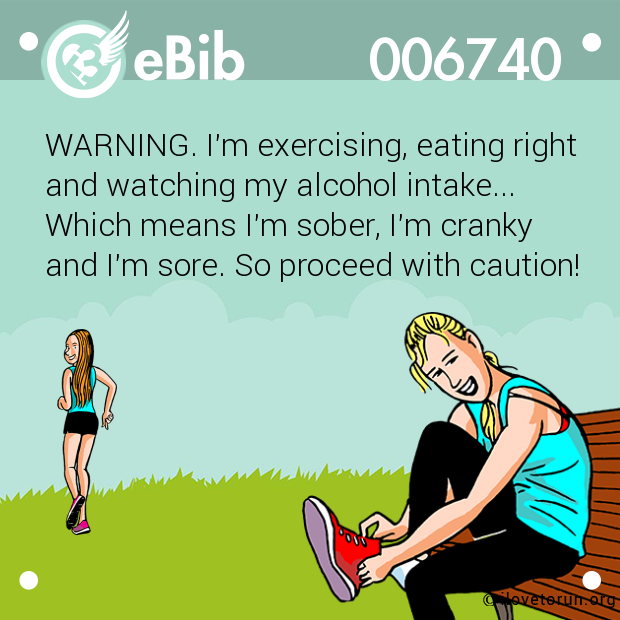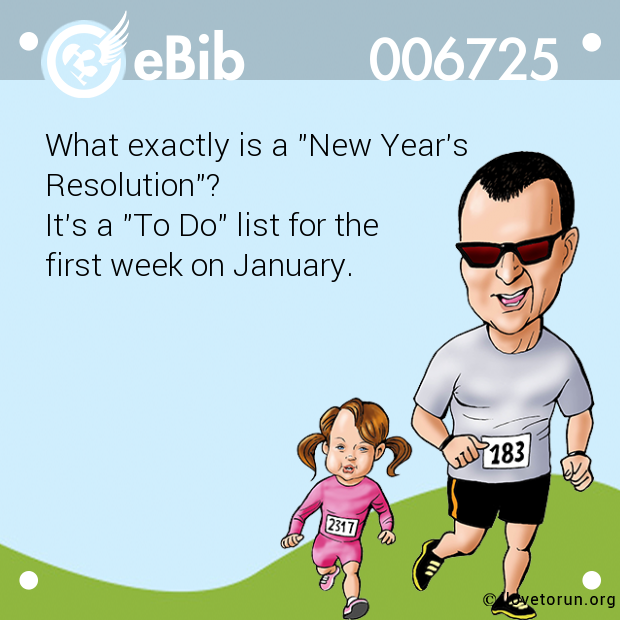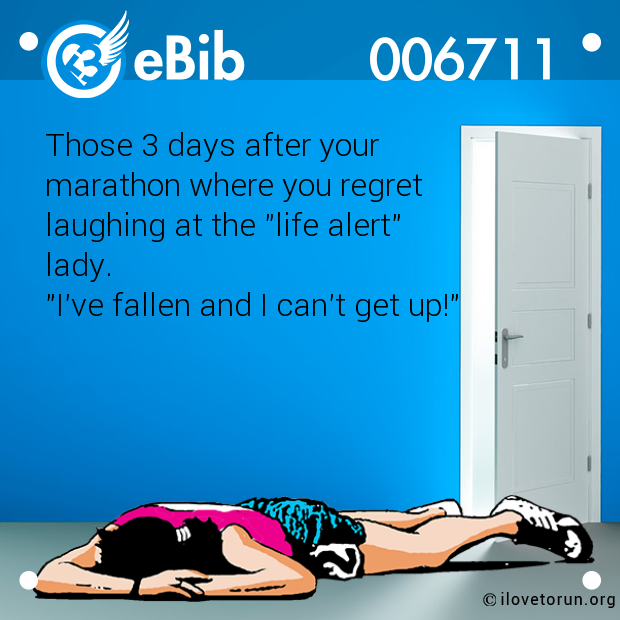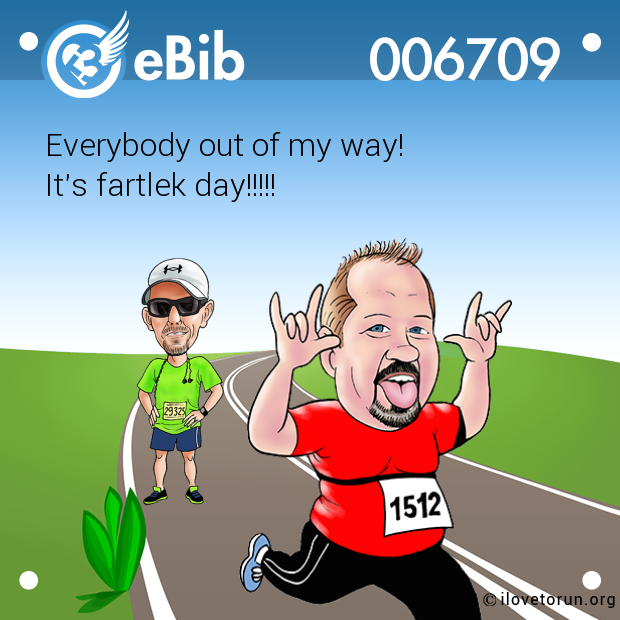
Runners run (obviously) but hitting the weights is a different story. Part of the reason being it takes up time and when you’re spending hours logging miles, extra time is precious. The other part is figuring out HOW to incorporate strength training can be a bit confusing.
How often? What types of workouts? Before or after you run?
Good questions. But first, let’s talk about why strength training is important.
Running occurs in a one-dimensional plane which puts you at risk for injury. If you’re strength training the proper way, you will include exercises in all planes of motion which help to address muscle imbalances that might exist.
You don’t need a ton of extra time to strength train. Just a plan and a system. My personal favorite is the DVRT (Dynamic Variable Resistance Training) System which uses the Ultimate Sandbag to get you there and is designed to “implement variable resistance tools to achieve specific outcomes.” Yes, specific outcomes, which leads to me my first tip…
Be goal oriented.
If you really want to make strength training work for you and your running goals, there are specific exercises you should be doing. In fact, you should be training MOVEMENT not muscles, which is exactly what the DVRT System does by teaching you how to connect your entire body to work together so you can build the power you need to propel yourself off the ground, run faster and strengthen muscle imbalances to avoid those pesky injuries.
Since improving movement should be your goal, you can say goodbye to bicep curls and instead…
Save time with compound exercises.
Say what? Compound exercises are those requiring multiple joint movements AKA, are more functional than targeted muscle lifts. Plus, they’re a total time saver, which aside from being WAY more effective is also one of the biggest benefits. Examples of compound exercises include: Sprinter Stance Squats, Rotational Overhead Presses, and Step-ups.
Make it unilateral.
Another important aspect of your training should focus on unilateral exercises or training one side at a time. Unlike bilateral training (think the squat), unilateral training (think the pistol squat) focuses on training the muscles to work together. It also helps to reduce muscle imbalances, improve muscle recruitment and forces you to active your core.
The key to incorporating unilateral training is progression. Trying to immediately bust out a pistol squat would not only lead to failure and frustration but could also lead to injury. Take it literally one step back at a time.
Include the core.
Incorporating unilateral training means you’ll already be working your core, but you’ll also want to be doing specific core workouts as well. To make the most of your time, focus on exercises that work the glutes and hips—both of which are important for injury prevention.
Recovery is part of the program.
The biggest mistake runners make is that they don’t know how to rest. Seriously, keep your easy days easy, allow 48 hours between strength workouts and use the recovery time and rest days to build muscle. Just like you need sleep, your muscles need rest to rebuild and become better and stronger.
Scheduling is key.
If possible, always schedule running before strength training, especially when including lower body exercises. Otherwise, your muscles will be too fatigued to run at max effort and your running performance will suffer.
Try to incorporate strength workouts 2 days a week, keeping your strength days focused on strength training and your running days focused on running.








